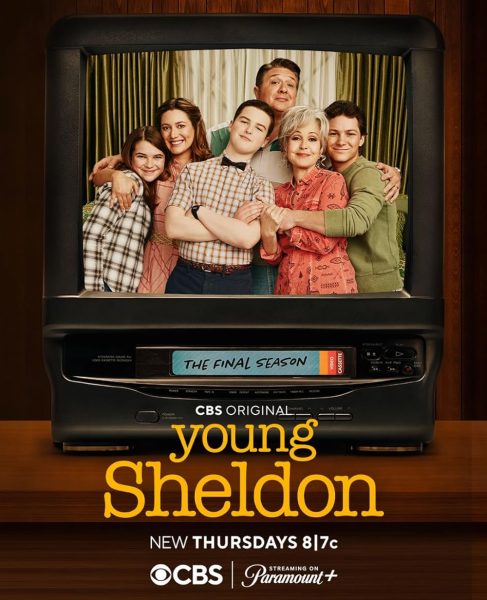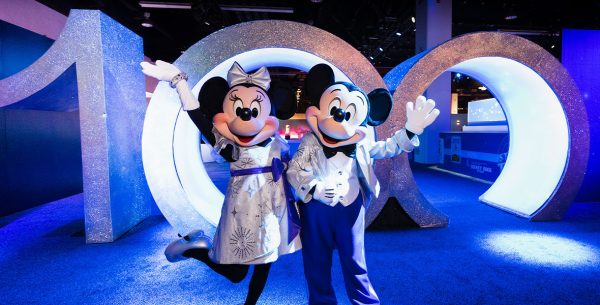“Doing more harm than good”: Mindy Kaling and the problem of representation
Actress Mindy Kaling is well-known for being one of the first South Asian women to gain notoriety in western media. But her shows have left a questionable impact on this representation.
Mindy Kaling drew attention this spring about her weight loss
May 15, 2023
It’s Asian American and Pacific Islander Heritage month, and we have a message for South Asian actress Mindy Kaling.
This is not the representation we asked for.
Critics and audiences alike have joined forces to reprimand Mindy Kaling’s new show, “Velma,” a raunchy, modern twist on the classic “Scooby Doo” cartoons. Some have claimed that Kaling’s shows are predictable, while others believe that there is an underlying issue with how Kaling portrays South Asians in her works. Whatever her reason may be, Kaling’s South Asian representation perpetuates harmful stereotypes and brings light to internalized racism.
The TV shows Kaling produced, including “The Mindy Project,” “Never Have I Ever” and “The Sex Lives of College Girls,” share a commonality with their love interests: they are led by white males who are rude to the Indian-American female leads. The problem isn’t that the love interests are white, but rather how they are antagonistic and allowed to undermine the achievements of these talented women of color yet get together with them in the end. Despite the fact that the female and male leads are written to be rivals, it’s how the male lead is never held accountable by the female lead or other main characters and is written off as a “jerk.”
“It’s like she fit one archetype and wasn’t allowed to explore any other options or leave the box she was ‘supposed’ to be in—but it’s not only in ‘The Office,'” said RV senior Calleigh Keely regarding Kaling’s character, Kelly Kapoor, from “The Office.” “He always goes back to the white love interest.”
Kaling received backlash from fans of the show “The Sex Lives of College Girls” in season 2 when the only couple of color—two Black people—broke up and they both ended up with white love interests. It’s already hard to see two people of color in relationships in media targeted towards young adults and teenagers, especially when one of the two leads is white. Interracial relationships aren’t just with white people but with people of different races too. In “Velma,” Shaggy’s counterpart, “Norville,” who is Black in the reboot, has a crush on Velma. Yet Velma blatantly disregards his feelings and idolizes Fred, an offensive character who assumes that Velma is Mexican, not Indian, and further claims that she’s unattractive.
Kaling’s South Asian characters epitomize the Indian loser stereotype, as her characters are often portrayed as being extremely critical of their background and refusing to embrace their identities, opting to assimilate themselves into society through the use of American pop culture in order to fit in among their peers. Devi Vishwakumar, the protagonist of “Never Have I Ever,” represents the insecurity of a modern Indian girl growing up in America today—but it’s when it inhibits her growth that it prevents South Asians from being confident with themselves and their identities. With lines like “four months ago, I was an Indian loser with cystic acne, sweaty armpits and glasses. But, with a Lasik procedure, Accutane prescription and botox injection, I’m normal,” “The Sex Lives of College Girls” promotes a sex-positive main character while simultaneously trashing the “Indian loser” she was before she became “normal.” Although aimed at older audiences, the media has an effect on a person, no matter their age, and seeing yourself reflected back to you as a loser instead of a girl’s journey to empowerment disempowers you.
TikTok user Jasmine (@totallyprincessjasmine) said, “Mindy Kaling. Just because you are an Indian loser does not mean Indians are losers. At this point, you’re genuinely doing more harm than good.”
Kaling is breaking boundaries, but while doing so, she has also created new ones. Although she has added depth to the stereotype of the “smart” Asian kid by refuting the model minority myth, Kaling has fallen into another stereotype, even modernizing it. Kaling’s recent ventures have resulted in hypersexualization and adherence to Eurocentric standards. From “Velma,” which has been critiqued for the “oversexualization” of teenagers, to “Never Have I Ever’s” sex-obsessed Devi Vishwakumar, Kaling has changed the game on how South Asians are portrayed in the media—and not in a good way.
“The Mindy Project” is your basic rom-com, except that the female lead is South Asian, and they don’t address that. With constant Eurocentric ideals and the avoidance of race confrontation, Kaling ignores the integral parts of being a South Asian woman. Our race and gender will forever affect our lives and how people look at us. We cannot simply remove it from the equation, no matter how hard Kaling tries. Every time Kaling comes close to a confrontation with race, her character laughs it off; specifically, when Mindy meets a fellow Indian doctor, she’s only able to talk about her “kind of offensive Indian accent” or when she’s mistaken for Malala Yousafzai and calls it “the best thing that [had] happened all night.” Although this may seem like a valid course of action, microaggressions like these are real and not simply punchlines. “The Mindy Project” provides no discussion of the men she dates’ ignorance of her culture, which is especially troubling given her preference for relationships with wealthy white men, nor of the workplace tension around her being the only South Asian woman in an environment dominated by white men. Kaling is portraying assimilation at its best.
Kaling is portraying assimilation at its best.
We aren’t saying Kaling is bad; she isn’t. If anything, she’s being held to a higher standard than many other people in the industry. As the first Asian-American woman on broadcast television to star in and run her own show, Kaling has broken important boundaries within the entertainment industry. By doing so, she has become a representative of the South Asian community, despite her resentment towards it. It’s understandable that Kaling doesn’t want to represent the entire community, but she’s responsible for the increased number of South Asians on television today, a market she controls. Kaling effectively chooses how South Asians are represented on television, and we ask her to make us more than these overused archetypes. We ask her not to assimilate us because we’re proud of our roots. We ask her to address not only our experiences as South Asians, but those of South Asian women in America.













